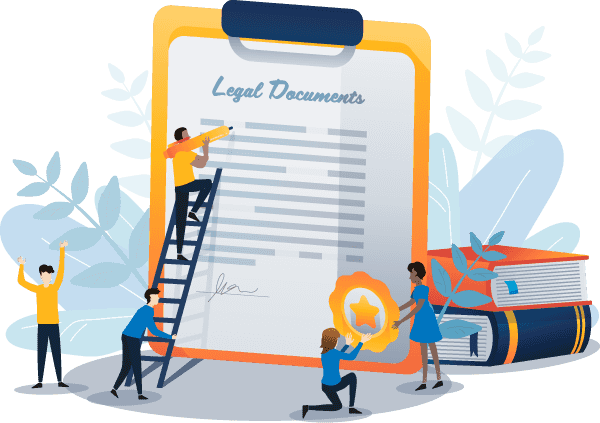What is a design?
A design protects the visual aspect of any product. Obtaining design protection or design rights allows the design owner to prevent others from using their design or register an extremely similar design. A major requirement for registering a design is that its appearance must be ‘distinctive and new’.
To determine whether the appearance of the design is distinctive and new, account will be taken of:
- Shape,
- Configuration,
- Patterns,
- Ornamentation and
- Colour.
As the purpose of registering a design is to protect the visual appearance of a whole product or item, the item or product must be:
- Physical,
- Manufactured or handmade and
- Produced on a commercial scale.
It is important to note that design does not protect things that have no physical form. This means that logos, computer graphics and brand names are not capable of design protection. However, they are capable of trademark protection. To learn more about trademarks, see ‘Why Should I Trademark?‘.
If you wish to protect how your product works, its method or process behind it, you’ll need to apply for patent protection. For more information on patents, see ‘What is a Patent?‘.
Registering for a design
There is a two step process in registering for design protection: (1) registration and (2) certification. Registration will give the design owner the exclusive right to use the design within Australia. However, if you wish to obtain a legal enforceable right to take action against others who may use your design, you will need a certification. The procedures relating to both registration and certification are explained in detailed via IP Australia.

Customise and download your first document with us for free.
Create, eSign & download 300+ important legal & business documents on our platform.
Get startedCommon Mistakes Made When Registering for a Design
Don’t go public too early
This can be a major problem when registering a design! Publicly posting or announcing your new product to the world before obtaining design protection can have detrimental consequences. The consequence being that you may be unable to protect your design from being stolen, manufactured and sold by another company or individual. This is because you cannot register a design for protection if that design has existed in the public domain for 12 month or longer. This is because once your product has been in the public domain for 12 months or longer, it is no longer a “new” product or item and therefore it is not capable of design protection. Therefore, releasing your product before obtaining protection can be commercial detrimental.
If you have already announced your product or have sold your product, you have 12 months from the public disclosure or release to file your design application.
Failing to conduct research
As part of the certification process, IP Australia will conduct research to determine if any existing products are too similar to the product you are intending to protect. It is important to conduct as much personal research as possible before applying for a design right. If a very similar design already exists in the public domain, your application may be rejected. Conducting your own research prior to registering for a design can save you both time and money.
Research can be conducted using:
- Internet search engines (e.g. Google)
- Social media (e.g. Facebook, Twitter, Instagram etc)
- Product platforms (e.g. Amazon, Ebay etc)
- IP search databases (such as Australian Design Search)
Not providing enough detail in representations, drawings or photos
This is always an important one! During the design application process, design owners are required to undergo an intensive ‘formalities check’. The formalities check includes extensive examination of the visual representations of your product. The visual representations must be drawings, illustrations, digital images or photographs of the design.
The most common mistakes regarding representations are:
- Providing inconsistent representations or providing images of products ‘close to’ your product,
- Use of different formats – only use one type of image formatting, such as CAD drawings, photos or line drawings to create consistency,
- Representations that only show part of the product – you must always show the whole physical and tangible product,
- Failing to label different views of your product,
- Failing to present your product against a neutral background,
- Including measurements or arrows and,
- Only including 3D representations.
If your representations includes any of these ‘mistakes’, your representations may be deemed unclear or inconsistent. This can cause delay in your application and difficulties in protecting your design.
Key Takeaways:
Registering a design is a great way to receive the exclusive rights to use your design. Certification of your design however is extremely important to legally enforce your design right against others. It is important that your application is clear and consistent in its visual representations. It is also imperative not to release your product to the public too early before registering your design. Premature public releases can stop you from applying for design rights altogether.





